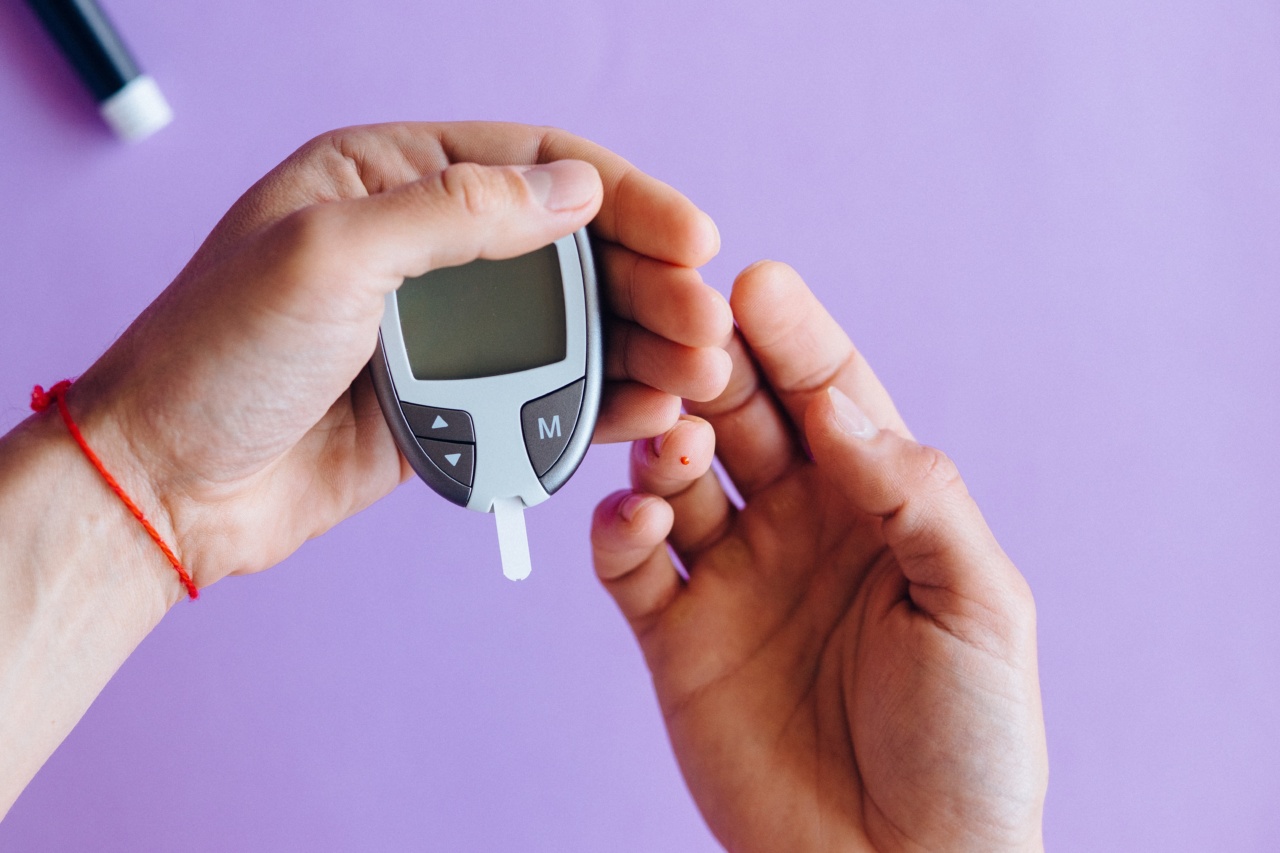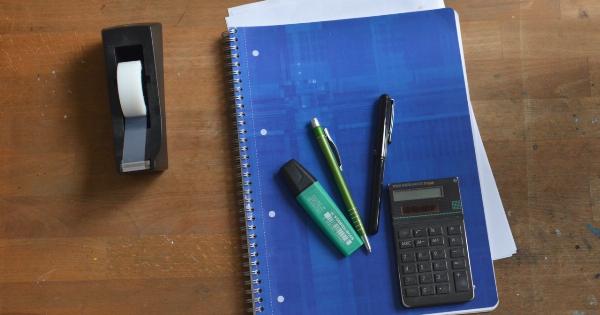High blood pressure, also known as hypertension, is a common condition that affects millions of people worldwide.
It occurs when the force of blood against the walls of the arteries is too high, which can lead to serious health problems if left unmanaged. Diabetes, on the other hand, is a chronic condition that affects the body’s ability to regulate blood sugar levels.
It is important to note that high blood pressure often goes hand in hand with diabetes. In fact, studies have shown that about two-thirds of people with diabetes also have high blood pressure.
This combination of conditions can significantly increase the risk of heart disease, stroke, and other complications.
The Link Between High Blood Pressure and Diabetes
The exact reason why high blood pressure is more common in people with diabetes is not fully understood. However, there are several contributing factors that may explain this correlation:.
1. Insulin Resistance
Insulin resistance is a hallmark of type 2 diabetes, where the body’s cells become less responsive to insulin. This leads to elevated blood sugar levels and an increased risk of developing high blood pressure.
Insulin resistance also promotes the retention of sodium and fluids in the body, further raising blood pressure.
2. Obesity
Obesity is a risk factor for both diabetes and high blood pressure. Excess body fat, especially around the waist, releases hormones and other substances that can lead to inflammation, insulin resistance, and elevated blood pressure.
3. Kidney Function
The kidneys play a vital role in regulating blood pressure. Diabetes can damage the blood vessels and nephrons in the kidneys, impairing their ability to filter waste and excess fluid. This can result in increased blood pressure.
Managing High Blood Pressure with Diabetes
Controlling high blood pressure is crucial for individuals with diabetes to reduce the risk of complications. Here are some lifestyle changes and medical interventions that can help:.
1. Medications
Several medications are available to help manage high blood pressure in individuals with diabetes.
These may include angiotensin-converting enzyme (ACE) inhibitors, angiotensin II receptor blockers (ARBs), diuretics, beta-blockers, and calcium channel blockers. It’s important to work closely with your healthcare provider to determine the most suitable medication for your specific needs.
2. Healthy Eating
A healthy diet is crucial for managing both high blood pressure and diabetes. Focus on consuming a variety of nutrient-dense foods such as fruits, vegetables, whole grains, lean proteins, and healthy fats.
Limit your intake of processed foods, added sugars, sodium, and saturated fats, which can all contribute to elevated blood pressure.
3. Regular Exercise
Engaging in regular physical activity is beneficial for both diabetes and high blood pressure. Aim for at least 150 minutes of moderate-intensity aerobic exercise, such as brisk walking or cycling, each week.
Additionally, try incorporating strength training exercises into your routine to improve overall cardiovascular health.
4. Weight Management
Losing weight or maintaining a healthy weight is particularly important for individuals with high blood pressure and diabetes. Even losing a small amount of weight can have a significant impact on blood pressure levels.
Focus on creating a calorie deficit through a combination of healthy eating and regular exercise.
5. Salt Restriction
Reducing your sodium intake is crucial for managing high blood pressure. Aim to consume no more than 2,300 milligrams (mg) of sodium per day, which is approximately one teaspoon.
Be mindful of hidden sources of sodium in processed foods and opt for fresh, whole foods whenever possible.
6. Stress Management
Chronic stress can contribute to both high blood pressure and diabetes. Find healthy ways to manage stress, such as practicing relaxation techniques, engaging in hobbies, spending time with loved ones, or seeking professional help if needed.
Prioritize self-care and ensure you have a healthy work-life balance.
7. Regular Blood Pressure Monitoring
Regularly monitoring your blood pressure at home can provide valuable information about how well your lifestyle changes and medications are working.
Aim for a blood pressure reading below 130/80 mmHg, as recommended by most healthcare professionals for individuals with diabetes.
8. Blood Sugar Control
Tightly controlling your blood sugar levels is imperative for managing both diabetes and high blood pressure.
Follow your healthcare provider’s recommendations for glucose monitoring, medication management, and lifestyle modifications to keep your blood sugar within the target range.
9. Regular Medical Check-ups
Regular medical check-ups are crucial for individuals with high blood pressure and diabetes. These visits allow your healthcare provider to monitor your blood pressure, blood sugar levels, kidney function, and overall health.
They can also make adjustments to your treatment plan if necessary.
10. Smoking and Alcohol Cessation
Smoking and excessive alcohol consumption can elevate blood pressure and worsen diabetes complications.
If you smoke, seek support to quit, and limit alcohol intake to moderate levels (up to one drink per day for women and up to two drinks per day for men).































